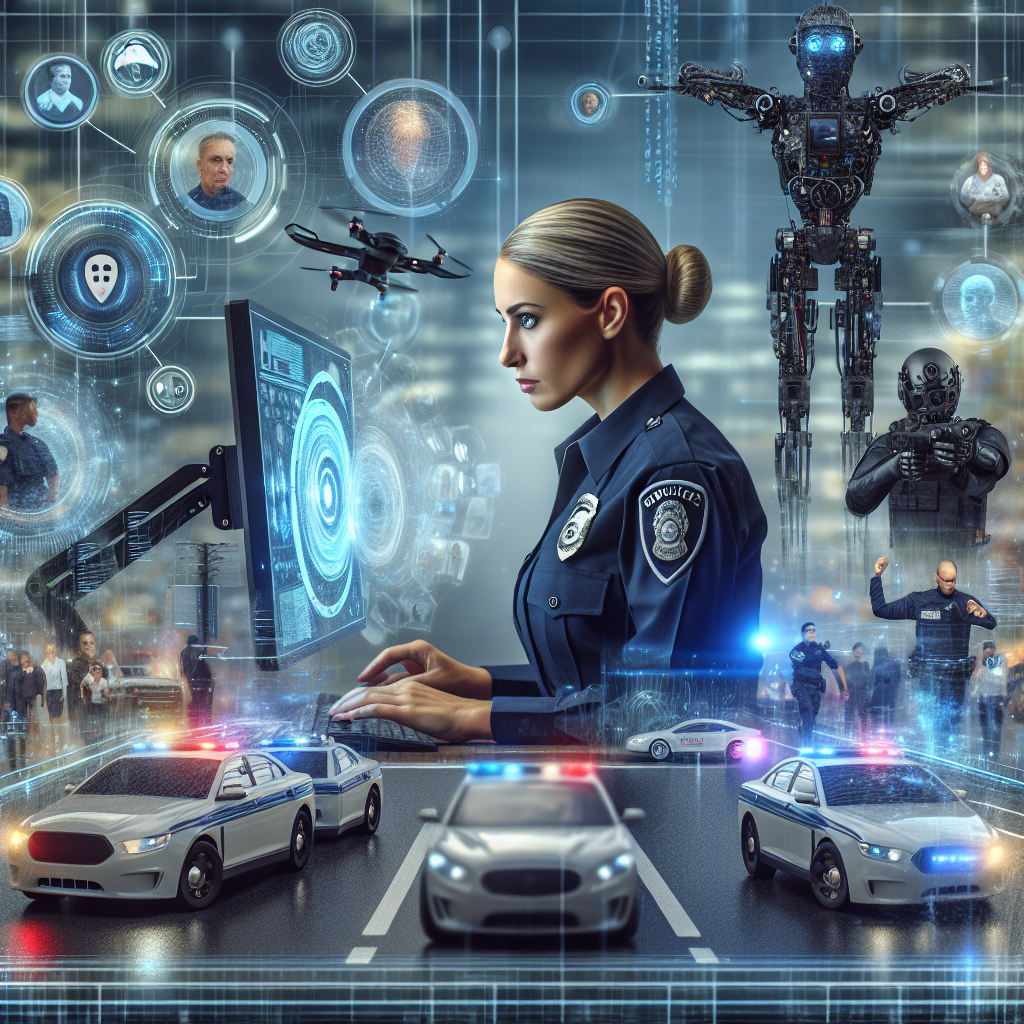AI in Law Enforcement: What You Need to Know
Hey there! You’re probably hearing a lot about Artificial Intelligence (AI) these days, right? It seems to be popping up everywhere, from your smartphone to recommendations on your streaming service. But did you know AI is also making waves in the world of law enforcement? Let’s dive in and answer some common questions about this fascinating topic!
What is AI in Law Enforcement?
Great question! In simple terms, AI in law enforcement involves using advanced algorithms and machine learning techniques to assist police and other agencies in their duties. It’s all about making processes more efficient, accurate, and, importantly, safer for everyone involved.
How is AI Used by Police Forces?
You might be surprised by the many ways AI can be put to good use in policing. Here are a few examples:
- Predictive Policing: AI algorithms analyze historical crime data to predict where future crimes may occur. This helps in allocating resources more effectively.
- Facial Recognition: Used to identify individuals by comparing camera footage to a database of images. This can speed up investigations and help locate missing persons.
- Data Analysis: AI can sift through massive amounts of data looking for patterns or anomalies, helping officers solve complex cases faster.
- Automated Reporting: AI can help in creating and managing reports, freeing up officers to spend more time in the community.
What Are the Benefits and Challenges?
Like any technology, AI in law enforcement comes with its pros and cons. Let’s break them down:
Benefits:
- Efficiency: AI can perform tasks faster and more accurately than humans, leading to quicker resolutions.
- Cost-Effective: Automating routine tasks can reduce labor costs and allow officers to focus on more critical issues.
- Improved Safety: Predictive models can help reduce crime rates, making communities safer.
Challenges:
- Bias: AI systems are only as good as the data fed into them. Biased data can lead to biased outcomes, which is a significant concern.
- Privacy: Facial recognition and other surveillance methods can raise privacy issues among the public.
- Transparency: Understanding how AI systems make decisions isn’t always straightforward, which can lead to mistrust.
Is AI Reliable and Fair?
Ah, the million-dollar question! AI’s reliability and fairness largely depend on the quality of data and the ethical framework within which it operates. Transparent and accountable AI systems, continuously monitored for biases, are crucial for fair application in law enforcement. It’s a work in progress, but strides are being made to improve these systems every day.
How Do Laws and Regulations Come Into Play?
With great power comes great responsibility, and that’s where regulations step in. Governments and agencies are developing guidelines to ensure AI is used ethically and responsibly. These rules aim to protect citizens’ rights while leveraging the advantages AI offers in keeping communities safe.
Wrapping It Up
So, there you have it! AI in law enforcement is an exciting but complex field, full of potential benefits and notable challenges. By understanding and addressing these aspects, we can pave the way for a safer, more efficient future for everyone.
Got more questions about AI? Feel free to drop them in the comments below. Let’s keep the conversation going!
